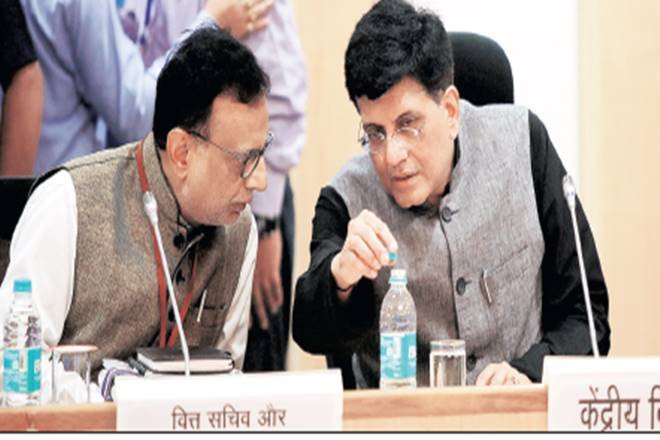Devise a ‘GST loan’ for MSMEs
It was only to be expected that a government that has always given importance to optics and catchy phrases would do the same when the Prime Minister announced the ‘Atmanirbhar Bharat’ scheme. It did not take long for the optics to come out – ₹20 lakh crore was sanctioned exactly 20 minutes into the Prime Minister’s speech at 20:20 pm in the year 2020.

Such a facility will ease the immediate GST burden and help MSMEs conserve cash.
It was only to be expected that a government that has always given importance to optics and catchy phrases would do the same when the Prime Minister announced the ‘Atmanirbhar Bharat’ scheme. It did not take long for the optics to come out – ₹20 lakh crore was sanctioned exactly 20 minutes into the Prime Minister’s speech at 20:20 pm in the year 2020.
Going by the developments in the days after the PM’s announcement, it appears that the Finance Minister and her team did everything they can to ensure that — at least mathematically — the sum total of their relief measures adds up to ₹20 lakh crore in some way or the other.
The first reaction of everyone would have been to question how this humungous amount is going to be sourced, but it appears needless since most of the money is not coming from the government anyway.
MSME relief
In choosing the first sector for its bonanza, the government did no wrong in going with the MSME sector. MSMEs make up for about 45 per cent of the country’s total manufacturing output, 40 per cent of exports, almost 30 per cent of the national GDP and operate across the value chain. The FM announced a slew of measures to rescue the sector, including collateral-free loans up to ₹3 lakh crore backed by a government guarantee, repayment of MSME dues within the next 45 days, and a change in the definition of these businesses.
As per the revised definition, both manufacturing and services firms with investment up to ₹1 crore and turnover of ₹5 crores will be classified as small, investment of up to ₹10 crores and turnover of up to ₹50 crores will be micro, while firms with an investment of up to ₹20 crores and turnover of ₹100 crores will be classified as medium enterprises. The loans given will be for four years and do not have to be repaid in the first 12 months. There will be a principal repayment moratorium for 12 months with the interest rate will be capped, and there will be no guarantee fee. All MSMEs with a turnover of up to ₹100 crores and with outstanding credit of up to ₹25 crores will be eligible to borrow up to 20 per cent of their total outstanding credit as of February 29, 2020. These loans will have a four-year tenure and the scheme will be open until October 31.
One of the issues in the way this has been packaged is that it amounts to the government borrowing from the banks on behalf of the MSME entrepreneur and later repaying the banks. Since there is a sovereign guarantee on the loan, the MSME entrepreneur cannot be faulted if he treats the loan as a grant. Some of these loans run the risk of becoming non-performing assets when due.
GST loan
The GST has impacted MSMEs significantly. A better way to structure at least a part of this loan would be to provide MSMEs with a “GST loan”. GST dues to the government will be credited to a GST loan account in the books of the MSME. Paying the GST loan would depend on how long the impact of Covid-19 is expected to last. Based on current trends, we can expect the impact to last two years (pessimistic), one year (neutral) and 6-7 months (optimistic).
At the end of the say, two years, the accrued GST dues can be repaid over a period of say, another 2- 3 years. Providing a GST loan at this point in time would enable MSME’s to conserve cash for the next few years — a mantra that always works during times of crisis.
It can even come with a catchphrase: “Get Some Time, to pay GST”.
What's Your Reaction?


















